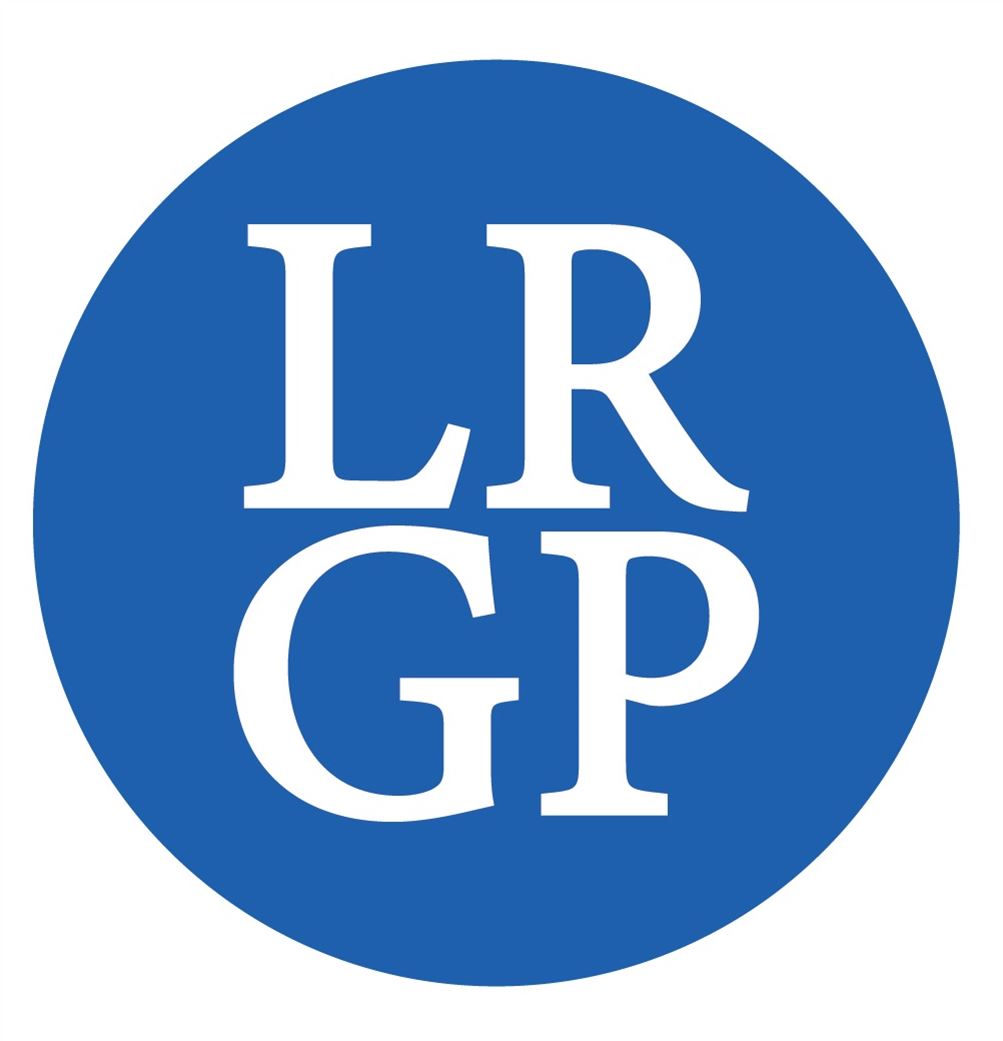Clinical photography is a way to assist clinicians in remote consulting and is a safe way to practice when looking at various skin conditions for instance. Our administrative team or clinicians might ask you to send in TWO photographs (a close-up and a wider photograph of the affected area) to our secure e-mail address to help aid in consultations. The photographs are then put into your medical records. The clinical photographs will help diagnosis, and you will always be offered a face-to-face appointment if it is deemed necessary. Your photographs may be used in the following ways:
- As part of your consultation to provide you with appropriate treatment and management
- Sent alongside an electronic advice request/referral to dermatology (skin specialists) for advice if we are concerned or unsure regarding atypical rashes, with your consent
- Training and education purposes for healthcare professionals
Intimate images
The General Medical Council and the Medical and Dental Defence Union of Scotland have clear guidance in place with regards to intimate images. An “intimate” image would normally be classified as the “bikini area” (breasts, genitalia, perineum) or an area of the body that the patient perceives as being intimate. Your level of comfort in sending in these photographs is paramount to us as we appreciate that face-to-face consultations with the offer of a chaperone to be present might be more appropriate in these situations.
Intimate images of a young person under the age of 16, hold particular challenges due to laws in place for child safeguarding. We would strongly recommend not sending in photographs of intimate areas for children. We would advise you to get in touch with us so we can discuss the issue and see if a face-to-face assessment is appropriate.
